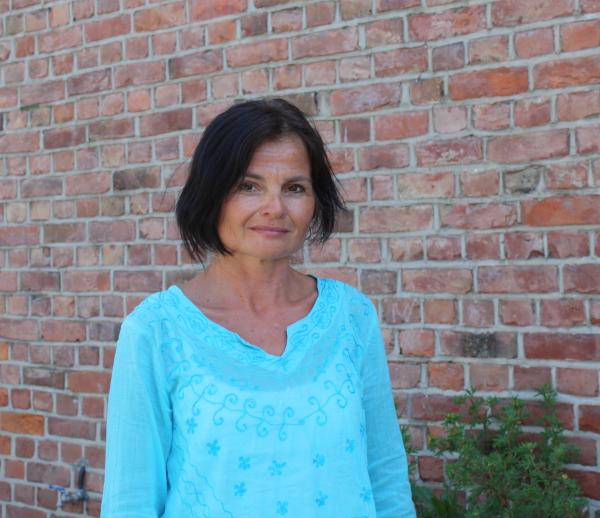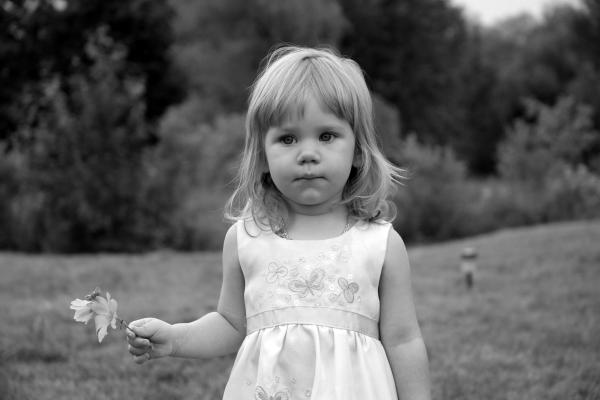These are among the findings from the doctoral work conducted by Solveig Vatnar, a researcher and psychologist who recently defended her dissertation entitled An Interactional Perspective on Help-Seeking Women Subject to Intimate Partner Violence at the University of Oslo.

In her doctoral research, Vatnar interviewed 157 women who survived violence by an intimate partner and who sought help for this reason. The women were recruited from shelters, the police and family counselling agencies. The dissertation consists of four research articles that she co-authored with Professor Stål Bjørkly.
“Our analyses show that violence by an intimate partner lasts longer for women who have children, even when we control for the duration of the couple’s relationship,” explains Vatnar.
In other words, being a mother does not protect a woman from violence. It has no significance for the severity of the violence, the type of injury sustained by the woman, the frequency of the violent episodes or whether the violence is perceived as life-threatening. If the couple has children together, the risk that violent episodes will continue after the break-up also increases.
“This causes difficulties when picking up and delivering the children at schools or in kindergartens, for example. In these situations, the partners often have to meet in person and the violence can then continue,” says Vatnar.
“It’s problematic that we are confident parents will behave civilly again just because their romantic relationship is over. We see this in court decisions, for instance. We are not finished developing a satisfactory support system,” says Vatnar.
Witnessing violence increases risk
Many women who return to their partners, despite being subjected to violence, say that one main reason they do so is for the sake of the children they have together with the father. But Vatnar’s study shows that even if children are not the targets of violence, the fact that they witness violence between their parents puts them at risk for ending up in similar relationships themselves.
“Children who witness physical violence between their parents are at greater risk of repeatedly ending up in violent relationships than if they themselves had been the victims of physical violence by their parents.”

Because children are deeply affected by violence between their parents, a better system of protection is required, Vatnar believes.
“In Norway, it is illegal to inflict violence on children, but if it is equally harmful for children to witness violence between their parents, this presents a challenge vis-à-vis the Act relating to children and parents. If our findings are supported by other studies, this should have consequences for how we think about treatment programmes, visitation and care rights, mediation schemes and court practice,” says Vatnar
Incest is a risk factor
Vatnar’s study shows that being subjected to violence within the original family also has a clear effect on the risk of repeatedly ending up in relationships that involve intimate partner violence.
“This is especially true for women who were sexually abused as children by their parents. In this case, we found a 25 times greater risk for repeating this behaviour. This is a very high number, and our finding presents a challenge for the support system. In particular, the professionals providing treatment must pay special attention to this group of women, and the women must be offered a better treatment programme,” explains Vatnar.
“When a woman interrupts her treatment and leaves the crisis centre, for example, the system needs to be more alert if she has been a victim of violence in her original family because the risk for repeating this behaviour is high. The system also needs to be extra alert regarding her children,” she explains.
Vatnar believes it would be beneficial to offer a wider range of services to women who are victims of intimate partner violence, who have children and who have been victims of incest due to the higher risk for becoming involved in similar relationships. By the same token, she believes it may not be helpful to place these women in the same treatment group with women who have not been victims of incest. In this case, there may be a need to differentiate the type of treatment given.
Substance abuse less significant

Previous research on intimate partner violence has shown intoxication to be an important cause of violence. Vatnar confirms that violence occurs more often in relationships in which one or both partners are substance abusers, but she emphasizes that this causal connection does not necessarily go the other way. In fact, it is not the case that most perpetrators or victims of intimate partner violence are substance abusers.
“At least 75 per cent of the violent episodes occurred when neither the perpetrator nor the victim was intoxicated. This applies to physical violence, and for psychological and sexual violence there was even less substance abuse involved.”
“This means that even if we eradicate violence related to substance abuse, we are still left with at least three-quarters of the violent episodes,” Vatnar asserts.
Variations in violence
“A crucial aspect of this dissertation is that we highlight the many nuances of violence, both with regard to the women and to how different the violent episodes can be. Most of the previous research has been based on either/or thinking: that is, either a woman is a victim of intimate partner violence or she is not. But in this study we have looked at the differences between various situations and individuals, such as the different types of violence,” explains Vatnar. The researchers have used statistical methods to measure the differences in violent episodes and between individuals. In her research, Vatnar investigated three types of violence – physical, psychological and sexual – and studied variations in the duration, frequency and degree of violence.
“The women themselves considered these three categories of violence – physical, psychological and sexual – to be very different, and they had no difficulty categorizing violent episodes according to type. As a result, we obtained clearer results than other research about violence during pregnancy, for example,” says Vatnar. Previous research on intimate partner violence has shown highly varied results. Some research has shown that violence decreases during pregnancy, while other research has shown that it increases.
Vatnar found that physical violence decreases during pregnancy, while the frequency of psychological violence and its severity, the injuries incurred and the frequency of sexual violence remained stable during pregnancy. This nuanced picture may be the reason for the contradictory findings in other research, according to Vatnar.
Help-seeking behaviour
“An interesting finding in our study is that immigrant women live with violence a shorter period of time before seeking help than do ethnic Norwegian women. We have not found any difference in the violence they are subjected to, whether it be type, duration or degree. I think that perhaps they seek help more quickly from the support system because they have more faith that they will actually get help. In my experience, ethnic Norwegian women are less optimistic about whether it will make any different to ask for help,” says Vatnar.
The study looked at whether there were differences in how the women sought help from the support system by comparing the contact they made with medical doctors, the police and psychiatrists/psychologists. There was little difference in the degree of severity of the violence between the cases that were reported to the three professional groups.
“We found that the nature of the violent act itself often determined where the women turned for help. For instance, they usually contacted the police if a death threat was involved, but if they had serious physical injuries, they went to their family doctor,” explains Vatnar. She points out that because women present only one side of the violent situation, this poses a challenge for the support system.
“To get a comprehensive picture of the situation, the support system should do a more thorough job. As an example, when someone reports a death threat, it is relevant for the police that episodes of rape have occurred as well,” says Vatnar.
Threat assessment
Vatnar believes that a broader picture of the violence is essential when an incident is reported to the police or a court case is being built. It is also important to assess the overall threat involved.
“Studies also show that the women themselves judged the threat involved as well as the best threat assessment instruments. If a woman was wrong, it was because she underestimated the threat. This means that when someone contacts the police, it is usually a high-risk situation that needs to be taken seriously,” says Vatnar.
“I compare this to a heart attack. We don’t refuse to dispatch an ambulance when someone has symptoms that resemble a heart attack just because we have had cases of false alarm.”
Vatnar already has plans for continuing her research.
“In my next study, I will look at intimate partner murder and examine whether warning signs could be found in police reports or within the support system and whether measures to protect the woman had been set in motion,” says Vatnar.
“The goal is to find out whether we can improve the system of risk assessment and contact with the support system in order to prevent such tragic incidents.”
Translated by Connie Stultz
Solveig Karin Bø Vatnar is a psychologist and researcher at the Centre for Research and Education in Forensic Psychiatry, Ullevål University Hospital.
She is a specialist of clinical adult psychology and has worked previously in the fields of crisis psychology and psychology for security units and at the family protection office.
Vatnar recently defended her dissertation entitled An Interactional Perspective on Help-Seeking Women Subject to Intimate Partner Violence at the University of Oslo’s Faculty of Medicine.
